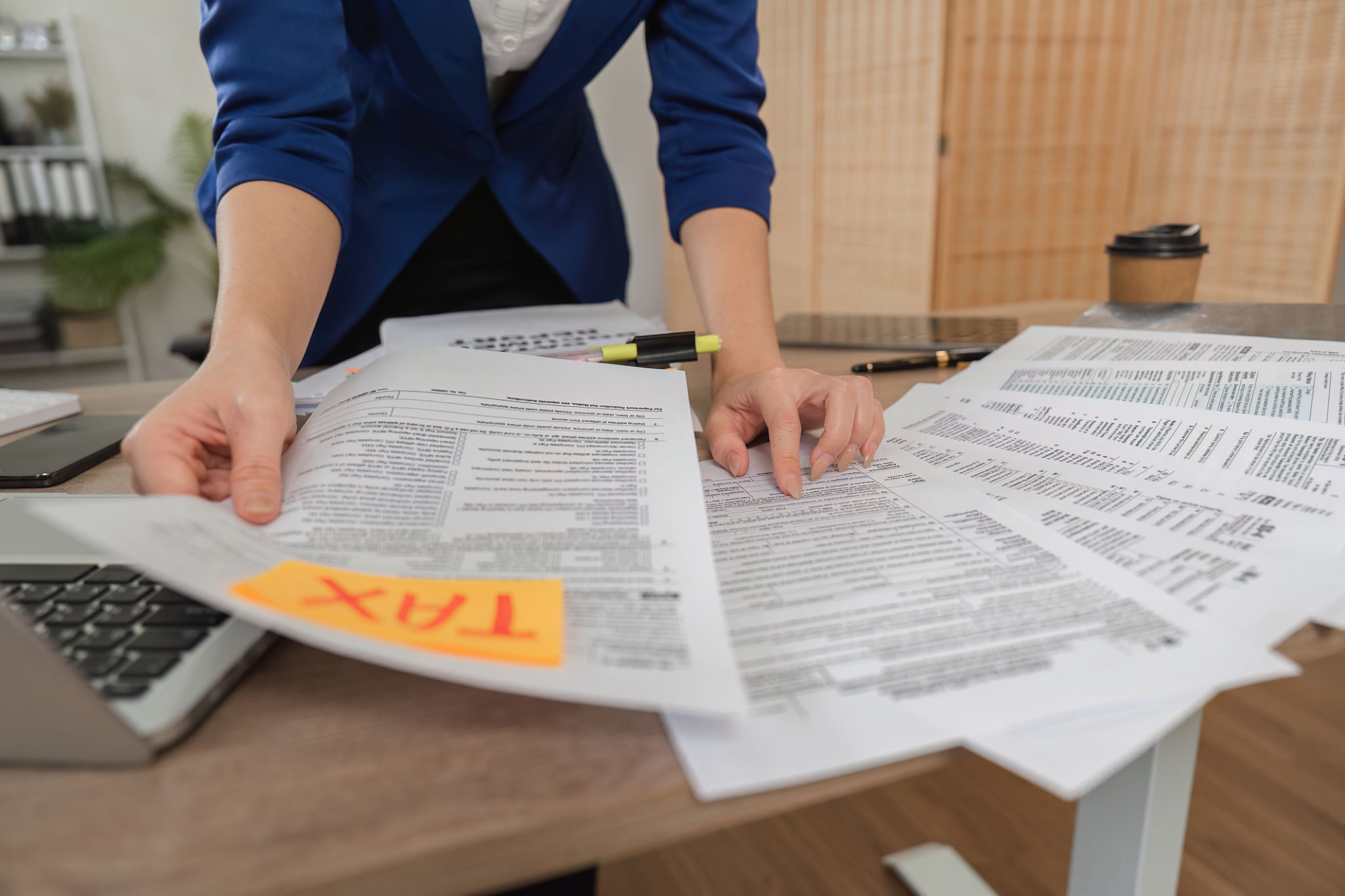Seasonal Tax Preparation Checklist: What You Need to Know
Introduction to Seasonal Tax Preparation
As the year draws to a close, it's crucial to start thinking about your tax preparation. A well-organized approach can make the process smoother and less stressful. Whether you're filing as an individual or for a business, having a checklist can help ensure you don't miss any important steps.

Gathering Essential Documents
The first step in tax preparation is to gather all necessary documents. This includes income statements like W-2s or 1099s, investment income information, and records of any other income sources. For businesses, you’ll need financial statements, expense receipts, and payroll records.
It's also important to collect documents related to deductions or credits you plan to claim, such as mortgage interest statements or charitable donation receipts. Having all these papers ready can save you time and avoid last-minute scrambles.
Tracking Your Expenses
Throughout the year, keep track of expenses that may be deductible. These could include medical expenses, educational costs, or business-related expenses. Using financial software or apps can help make this process more manageable and ensure accuracy.

Understanding Tax Law Changes
Tax laws can change from year to year, affecting how you file your taxes. Stay informed about any new regulations or updates that could impact your tax return. Consulting with a tax professional can provide clarity on how these changes may affect you personally or your business operations.
It's especially important to understand changes related to deductions and credits, as these can significantly influence your final tax liability or refund.
Maximizing Deductions and Credits
To minimize your tax liability, take advantage of all eligible deductions and credits. This may include contributions to retirement accounts, education credits, or energy-efficient home improvements. Properly documenting these items is key to ensuring they are accepted by the IRS.

Filing Your Taxes
Once you've gathered all necessary documents and understood applicable tax law changes, it's time to file your taxes. You can choose to file electronically or via paper forms. E-filing is often faster and allows for quicker refunds, but make sure you choose the method that best suits your needs.
If you're unsure about any aspect of filing, consider reaching out to a certified tax professional. They can provide guidance and ensure your taxes are filed correctly.
Post-Filing Tips
After filing your taxes, keep copies of all your documents for at least three years in case of an audit. Additionally, plan ahead for next year's tax season by reviewing your current filing process and making any necessary adjustments.

Conclusion
Preparation is the key to a stress-free tax season. By following this checklist and staying organized, you can ensure that you're ready when tax time comes. Remember, when in doubt, seek professional advice to make the most out of your tax return and avoid potential pitfalls.
